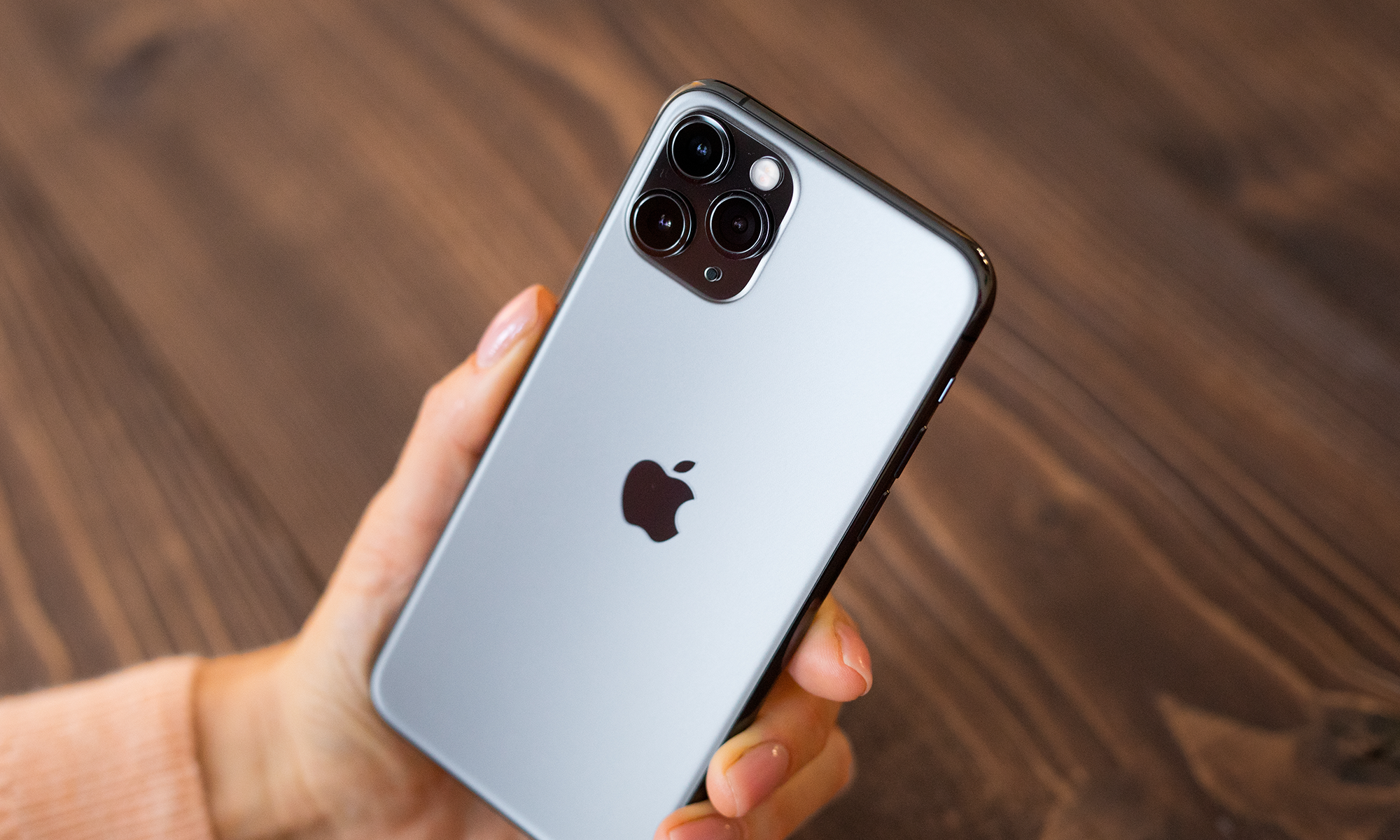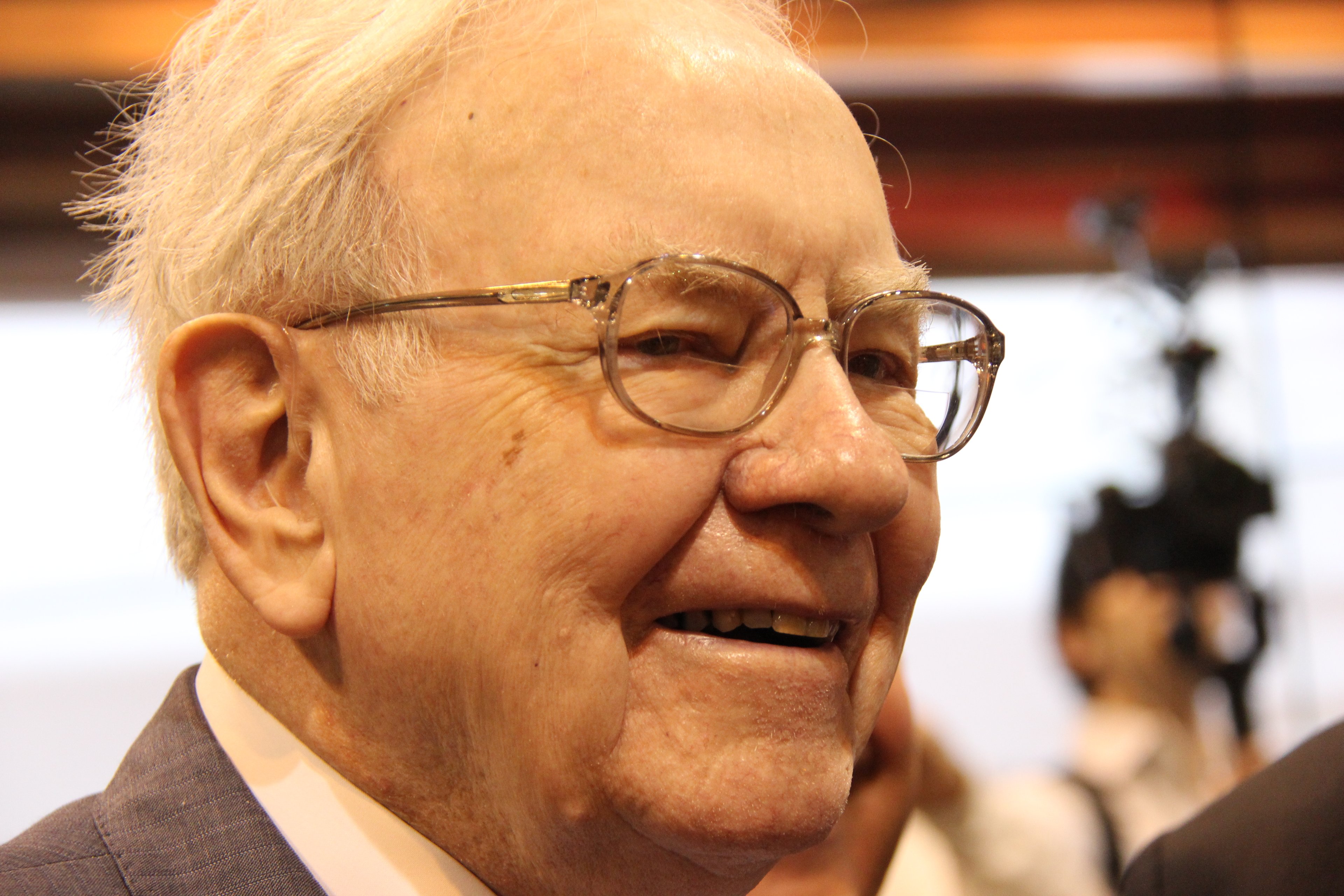When Apple (AAPL +0.18%) introduced the Apple Watch Series 4 in September, one of the biggest revelations was the addition of several groundbreaking health-monitoring functions. The device contains a next-generation accelerometer and gyroscope combined with algorithms that can detect when the wearer has fallen. It can analyze wrist trajectory and impact acceleration, sending a notice to the user, which can then be dismissed or used to contact emergency services.
The other health-related feature is the watch's ability to detect a potentially life-threatening heart condition. The device contains an electrical heart rate sensor, with electrodes built into the digital crown, which can alert the user if it detects an unusual heart rhythm. It also has a built-in electrocardiogram (ECG) function. The wearer can touch the crown to activate the ECG, which can provide results within 30 seconds if it senses atrial fibrillation (AFib), a serious heart condition that can lead to strokes, blood clots, and heart attacks.
While this capability has the potential to save lives, it also has a downside.

The Apple Watch Series 4 can detect a dangerous heart condition. Image source: Apple.
Life-saving potential
Earlier this month, Apple released an update called watchOS 5.1.2 for the watch, which activated the irregular-heart-rhythm notification feature and the ECG app. Almost immediately, there were numerous stories of otherwise healthy individuals -- with no apparent symptoms -- being alerted to the potentially deadly heart condition. That resulted in a visit to their physician. This is typical of AFib, and one of the things that makes the condition so serious: It can be present without the patient having symptoms.
One such story involved a senior editor for CNET, who was correctly diagnosed with an abnormal early beat in her heart rhythm, the same findings that were detected by the professional medical-grade equipment used by her doctor.
In another, an otherwise healthy 46-year-old man, who exercises regularly and had no symptoms or history of heart issues, was immediately notified of signs of AFib on downloading and launching the app. A visit to an urgent care center confirmed the diagnosis, and the wearer was referred to a cardiologist for follow-up.
Early detection is great, but...
Some doctors have reported hearing from patients in the middle of the night who were concerned about results they didn't understand. This raises the potential that misreading the app or misunderstanding the findings of the ECG function will result in unnecessary and potentially expensive trips to the doctor's office, urgent care, or emergency room for otherwise healthy users. It could also induce higher levels of anxiety for those who receive a correct diagnosis, particularly in those cases when the prescribed treatment is merely to keep an eye on the condition.
Physicians are also concerned that some healthy patients -- armed with data from devices like the Apple Watch -- will insist on tests and procedures that the doctor might otherwise deem unnecessary, while also taking time away from patients with more-serious conditions.
Finally, even after clearance from the Food and Drug Administration and testing that found the device to be 99.6% effective in correctly classifying sinus rhythm and 98.3% effective in detecting AFib, some physicians worry that a false positive -- a report that shows AFib when none is present -- could send people scurrying needlessly in search of care.

A warning from the Apple Watch that can send users scurrying for help. Image source: Apple.
Potential for future growth
Apple has been increasingly interested in the area of healthcare, particularly in the wake of slowing iPhone sales, which account for nearly 60% of the company's revenue. Apple assembled the largest heart study ever to test the watch's ability to detect irregular heartbeats, and the results of that study should be available early next year.
Wearables, a subset of Apple's other products segment that includes the watch, is one of the company's fastest growing businesses. During the conference call to discuss the results of Apple's fiscal 2018 fourth quarter, CEO Tim Cook said the wearables business, which also includes AirPods and Beats products, had "another record quarter" with growth of 50% year over year. He boasted that the Apple Watch had "the highest customer satisfaction in the industry."
A win-win?
Apple's further push into healthcare, as evidenced by the important health-related capabilities of the Apple Watch, could be a win-win for consumers and investors alike. As with any new technology, there will be an inevitable learning curve, but the potential for users to benefit is clear. This could also result in higher demand for the device, as consumers become empowered to take a greater interest in their own health, which would benefit Apple -- and its shareholders.






